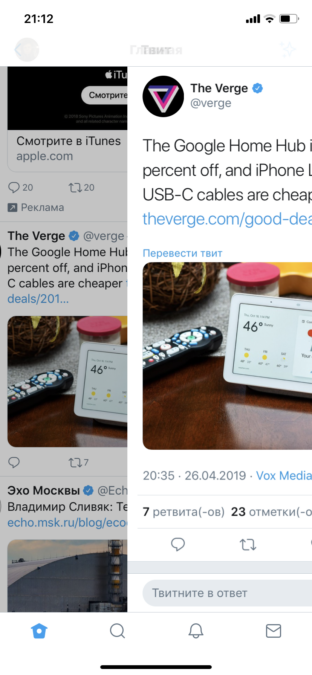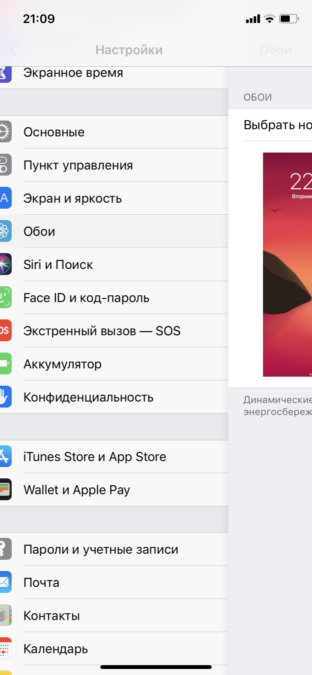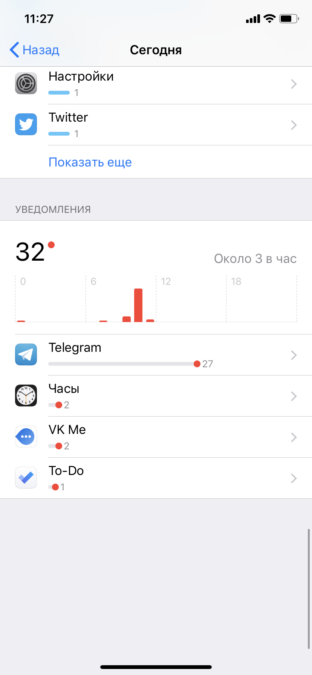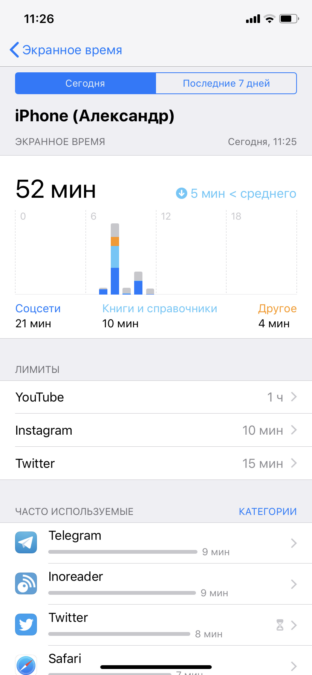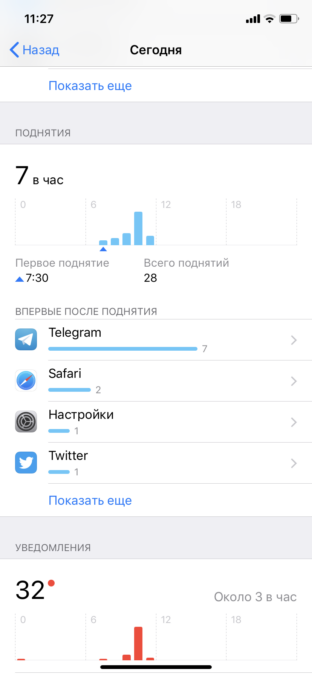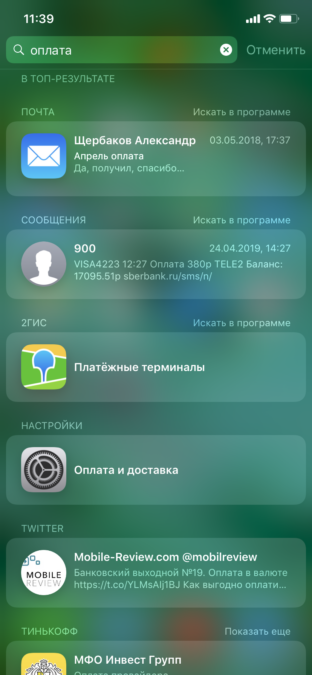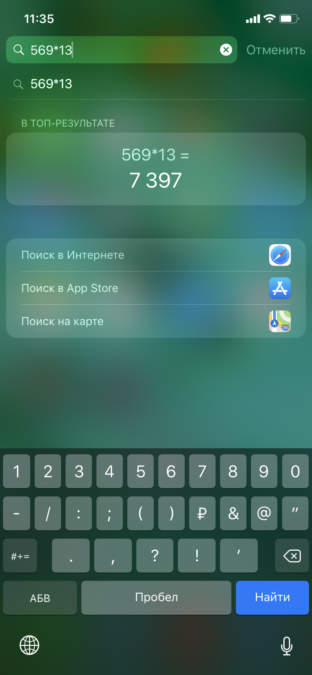I continue to share my observations about the difference in mobile systems after switching from Honor 8 to iPhone XR. It's time to talk about the pros iOS.

I will make a small digression. In the comments to the previous article, there were several remarks about the stability and bugs thesis in iOS. It's funny that the next day after the publication my phone froze – it is not clear where the 'Turn on dictation?' Window appeared, which did not respond to pressing. Only a forced restart helped.
Now let's get to the point.
System integrity
iOS is only available for smartphones and tablets Apple – this allows the company to control every detail of the interface and understand how it will look on a specific device. Google cannot get the same level of control, the so-called naked Android stands on smartphone units. The largest sales are for smartphones with third-party shells – Samsung, Huawei, Xiaomi and others. Each manufacturer has its own view of the development of a mobile system.
Let me explain with an example what I mean by system integrity. iOS has a 'Back' button in the top left corner. It is inconvenient to reach for it, so it can be replaced with a gesture – pull the screen from the left edge to the right. And this gesture not only works in standard applications from Apple, it applies to all third-party programs.
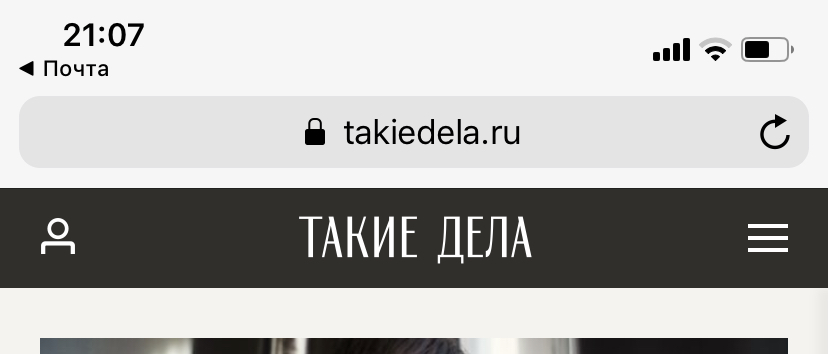
By clicking on the link from the Mail application, you can go back with one click
Another example. If another application opens from another, then a button with an arrow appears in the curtain – by clicking on it, you can return to the previous application. Also, in any application for music or video there is a streaming button by which I can choose whether to switch the sound to the phone's speakers or wireless headphones.
Screen time
iOS 12 introduces a useful feature that allows you to control the time spent in certain applications. There you can also see how much time the smartphone screen was active every day and what this time was spent on.
In the “Screen Time” section, you can not only monitor the time in applications, but also limit it. You can set a limit on social networks, games and other categories or individual applications, for example, for half an hour a day.
I have so limited YouTube, Twitter and Instagram, when the limit expires, applications become unavailable. After blocking, you can remove the limit for 15 minutes or turn it off for one day. For those seriously minded, you can turn on password blocking, and give it to someone from your friends or relatives. A simple limitation is enough for me: at a certain moment, the system reminds me that too much time is spent on social networks, and I close the application.
It is important to clarify that there is a similar function in Android 9 Pie. But my Honor 8 was updated only to the eighth version, so it was possible to evaluate this possibility only with the 'iPhone'.
Search
The main screen iOS has a lovely search that can be started by swiping down. It allows you to not only find apps and contacts, but also content in other apps. For example, the search works on the text of emails, notes, documents, and the calendar. In one place you can find any message, letter or statement, if you remember at least one word from it.
As a bonus, simple calculations and conversions of currencies or values can be performed through the search.
Keyboard
In general, the keyboard in iOS is normal and works fine. I just had to endure to adjust the dictionary for myself. Many more wrote that they did not have enough swipe to enter text, but I can quickly type text without it.
I want to praise the keyboard for working with the cursor. Apple managed to make the most convenient and accurate cursor movement, as well as text selection. In iPhone XR, you need to hold down the space bar, and then the cursor begins to follow the movement of your finger. If you press the other finger on a free field, the cursor begins to select the text.
On smartphones with 3D Touch, this works even more conveniently – you can press harder anywhere on the keyboard to launch the cursor, and to select text, you need to press again with the same finger.
I often edit texts from my phone. Therefore, it turned out to be useful for me to be able to move not only along the lines, but also between them. The only thing missing is separate buttons for the period and comma, you have to open an additional menu with symbols.
Design
This plus follows from the first paragraph of this material. Thanks to the integrity of the system, all interface elements look nice and tidy. It seems that Apple has more control over third-party developers, so applications for iOS are often better done and do not fall out of the system style.
In Android, this is much more difficult, someone still develops applications taking into account the old Material Design guidelines, and the most modern standards are rarely used by anyone except Google itself. Although the new Google Podcasts or Google Tasks apps look great too.
Conclusion
For a month of working with iPhone XR I can only confirm my words from the text about the cons iOS. In my case, the two systems do not differ fundamentally from each other.
There are big differences when a person is faced with narrower tasks. For example, many camera assistant apps for iOS are better made. But in Android it is easier to work with files, and in some smartphones you can connect a microSD card. Therefore, there is nothing to argue about.


